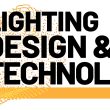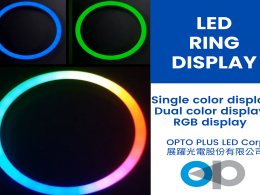As the world continues to shift towards a more sustainable future, emerging legislation is driving the adoption of high-performance, sustainable lighting solutions. The latest developments in lighting technology are not only reducing energy consumption but also improving the overall quality of light.
According to the U.S. Department of Energy, lighting accounts for approximately 15% of the average commercial building’s energy consumption. With the increasing focus on energy efficiency, building owners and facility managers are looking for ways to reduce their energy bills without compromising on lighting quality.
One of the key drivers of this trend is the increasing adoption of LED lighting. LED lights use significantly less energy than traditional lighting sources, such as incandescent bulbs, and can last up to 50 times longer.
However, the benefits of LED lighting extend beyond energy efficiency. LED lights also offer improved color rendering, which can enhance the overall aesthetic appeal of a space. Additionally, LED lights are free from UV and IR radiation, making them a safer choice for occupants.
Another emerging trend in sustainable lighting is the use of smart lighting systems. Smart lighting systems use sensors and automation to optimize lighting levels and schedules, reducing energy consumption and improving the overall lighting experience.
As the lighting industry continues to evolve, it’s clear that emerging legislation will play a critical role in driving the adoption of high-performance, sustainable lighting solutions. With the increasing focus on energy efficiency and sustainability, building owners and facility managers will need to stay ahead of the curve to ensure their buildings remain competitive and attractive to occupants.
As one industry expert noted, ‘The future of lighting is all about sustainability and energy efficiency. We’re seeing a shift towards more intelligent and connected lighting systems that can help building owners reduce their energy consumption and improve the overall lighting experience.’
In conclusion, emerging legislation is driving the adoption of high-performance, sustainable lighting solutions. As the lighting industry continues to evolve, it’s clear that building owners and facility managers will need to stay ahead of the curve to ensure their buildings remain competitive and attractive to occupants.
By adopting high-performance, sustainable lighting solutions, building owners and facility managers can reduce their energy consumption, improve the overall lighting experience, and contribute to a more sustainable future.









